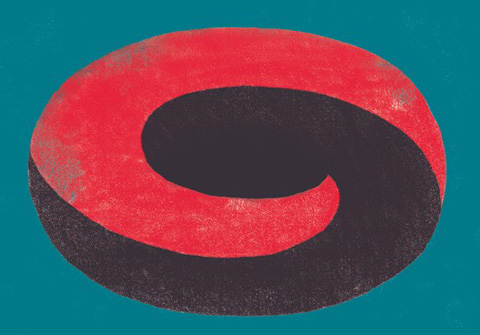Xehetasunak
Data eta ordua:
26 de June de 2017 / 09:00 – 1 de July de 2017 / 14:00
Egoitza
Childhood relationships with arts and contemporary visual culture are progressively more intense and complex. In previous editions of the Conference different aspects related to the diverse connections between art, visual culture and childhood have been examined. This edition aims to tackle aspects concerning educational mediation that implies an increasing attention to children’s art and visual culture context and vice-versa.
This phenomenon includes what is usually known in the world of visual arts as educational change, highlighting at least two questions: on one hand the awareness of the educational dimension that the artistic action entails which has been very probably ignored in the past. In consequence, on the other hand, the opening of a new field of activity for artists, designers, illustrators, children’s publishers and cultural institutions that find in this way to perceive art a spur to renew their proposals.
All of us are aware of the significance of the changes that the social habits, the new interactions with culture supported by the current technologies or determinate pedagogical trends just arrived at schools mean for this new way of relating childhood with arts and visual culture. Therefore, we have also considered that this edition of the conference could not avoid trying to analyze the complexity of this situation. As well we wanted to take advantage of the collaboration in the conference of a new cultural project very linked to this phenomenon, Tabakalera of Donostia.
To start with, it is interesting to observe that, especially in the context of museums and cultural institutions, the term of mediation is the one to have crystallized. This fact is understandable if we bear in mind that as a result of this educational change these institutions can be seen as the link between population and culture producers. However, at the educational context, we rather talk about education, stressing the purpose of the cultural activity that we carry out instead of the role that we play in it. This terminological discrepancy is the reflection of the positions and the cultural politics that are boosted from each institutional field. For this reason, we think that it is important to tackle in this edition of the Conference reflections on conceptions on mediation, art, visual culture, education or childhood that underlie in these actions.
It is also interesting to observe the phenomenon from the point of view of the topics and individuals of the proposals of educational mediation: who are the actors, who are the recipients, who or what remains excluded. In this regard, we could not avoid such present phenomena like the discussion about the identity of the artist as educator or the educator as artist, as well as the questions that arise about the place that children occupy in the curator practices, activities of museums, art institutions or visual proposals in the field of illustration.
Talking about mediation necessarily involves a careful study of the type of processes that such activity involves. For that purpose, the Conference offers an opportunity to explore the connections that can be settled among artistic institutions, publishing proposals and educational institutions. The division of roles between the cultural institutions and the school, among commissioners, museum educators, illustrators, artists and faculty entails the coexistence of a large disparity of educational strategies and methodological perspectives in the acts of mediation that need to be critically assessed. Thus, this is the moment to display the current experiences and practices of mediation that are being developed at art institutions, schools, publishing projects or daily activities of artists and educators. This is pertinent in order to better evaluate the interactions that occur amongst all the agents that take part in these actions of mediation, the proposed programs, the processes that are generated and the obtained results.
The task that we pose, as it is evident, is as ambitious as it is necessary. It will not be easy to answer all these questions, but we are sure that the Conference will contribute to clear many of them.

